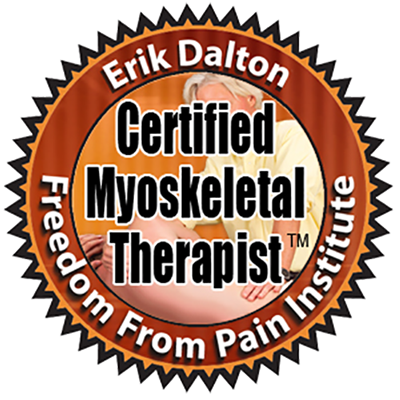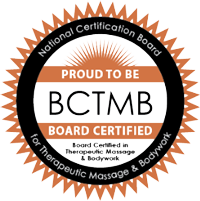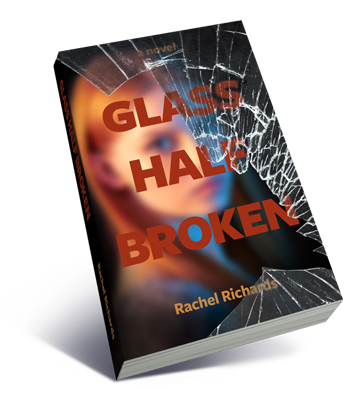News: December 2013
No pain, no gain, right?
 WRONG! I'm always looking for those little clues from my clients receiving deep tissue work: a clenched hand or foot, rapid breathing, held breath, a furrowed brow. To me, all of these signs mean to lighten up and check in with my client. I have a good sense of how much pressure is appropriate for each person, but I can't always be 100% accurate. Only you can know the difference between just right and too much.
WRONG! I'm always looking for those little clues from my clients receiving deep tissue work: a clenched hand or foot, rapid breathing, held breath, a furrowed brow. To me, all of these signs mean to lighten up and check in with my client. I have a good sense of how much pressure is appropriate for each person, but I can't always be 100% accurate. Only you can know the difference between just right and too much.
Whenever I get an "ouch" signal, I back off and inquire about the pressure. From new clients, I may hear "It's okay, I can take it" or "Doesn't massage have to hurt to be effective?" NO! The "no pain, no gain" theory does not apply to massage. Massage is supposed to feel good. It is not a test of tolerance and endurance. In fact, if a client is in pain, the treatment is unlikely to be a success.
When someone is in pain, they tend to clench their muscles, making it impossible for the massage therapist to do safe and effective work. In addition, pain signals the brain to release stress hormones, which activates the "fight or flight" part of the nervous system. This is the opposite of what we're trying to achieve with massage. Our goals are relaxation, deep breathing, pain relief, and increased flexibility. How can any of those possibly be achieved if a client is clenching, holding their breath, and distracted by pain?
There are a few exceptions where a little pain is necessary to achieve results. Still, this type of work should only be done with the client's consent, and the discomfort should be well within the client's tolerance level. You might have heard this type of pain has been referred to as "good pain" or "healing pain." One example is working to loosen and realign adhesive scar tissue caused by injury, surgery, chronic inflammation, or postural imbalances, to name a few. Another instance may involve trigger point work. (Click here to learn more about those mysterious trigger points.)
I use a number scale with my clients in order to get accurate feedback about pressure. One is the pressure of a flea, and ten is the worst pain imaginable. Somewhere around six is that sweet spot, or just enough pressure to be pleasurable, on the borderline of pain - that's often when structural work is most effective. Beyond that, we've entered into the pain zone, which should be avoided.
When you get a massage, no matter who your massage therapist or what modality of treatment you are receiving, always speak up if you are uncomfortable. If something hurts, let the massage therapist know so that they can adjust the pressure accordingly. Massage is about improving health, reducing pain and stress, and feeling good. No pain, all the gain!
Take a breath!
Below, I've listed some of the breathing and relaxation exercises I personally have found most effective. For these exercises, lie on your back or sit in a chair. If lying down, you might like pillows under your knees and one for your head. If sitting, make sure you're sitting all the way back so that your spine is supported, with both feet on the floor.
1) Mindful breathing: Notice your breathing. Is it fast? Slow? Shallow? Deep? Place one hand on your chest and the other on your belly. Notice how your body moves with your breath. Make sure to breathe in through your nose and out through your nose or mouth. Inhaling through your nose promotes relaxation. See if you can change your breathing pattern. If you're breathing rapidly, can you slow it down? If your breath is shallow, can you deepen it? Can you breathe into your belly? Your chest? Can you feel your lower back expand with the breath? Keep your breath flowing smoothly and effortlessly.
2) Counting: Notice if your inhalations and exhalations take the same amount of time. When we are stressed, our exhalations tend to shorten. This leaves a reserve of air in the lungs, making it impossible to take a full breath. Begin to lengthen your exhales, being sure to breathe out completely. Allow the following inhalation to be effortless. Begin to count as you inhale and exhale. For example, inhale to a count of 4, and then exhale to a count of 4. Do this a few times before trying a count of 6, then 8, and so on.
3) Body scan: Mentally scan your body from head to toe. As you focus on each part of your body, notice if you feel any pain or tightness in any particular area. If so, stay with that area and breathe deeply into it. Imagine the area expanding with the breath as you nourish it with oxygen. Then feel the area relax and let go as you exhale. Repeat this a few times until the pain or tension dissipates, and then continue your scan, stopping again wherever you notice discomfort.
4) Progressive relaxation: Beginning with your toes, inhale as you curl your toes tightly. Hold for a few seconds. Then exhale as you release your toes. Now move to your feet. Tighten your feet as much as possible as you inhale, wait a few seconds, then release on the exhale. Continue this way, moving up to your ankles, calves, knees, thighs, and so on to the top of your head. Once completed, allow your whole body to relax completely.
Practicing breathing and relaxation exercises regularly (ideally every day) reduces anxiety, energizes your body, balances your nervous system, lowers blood pressure, and allows you to focus on the present moment. While it's best to set aside some quiet time for your breathing practice, you can do most of these exercises on the train, in your office, waiting in line at the supermarket ... pretty much wherever and whenever. No matter how busy your schedule, there's always time to breathe!
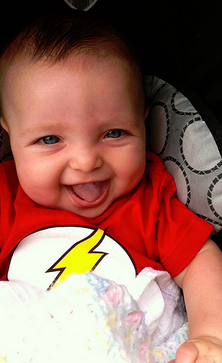 What's new with me ...
What's new with me ...
Sienna said her first words this month: "Up up up!" I say that when I pick her up. Now she says it too. Not surprising that her first word is a action word. We're looking forward to seeing family during the holidays. I wish you all a wonderful holiday and a happy, healthy 2014! Click here for photos and videos!
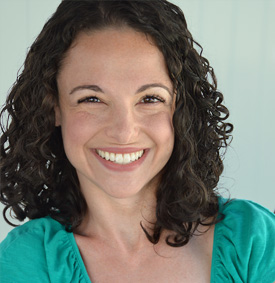
Call or text me today
917-359-8641
I'd be happy to answer
any questions you have!
Massage@Rachel-Richards.com
Subscribe to my Youtube channel!
Did you know?


